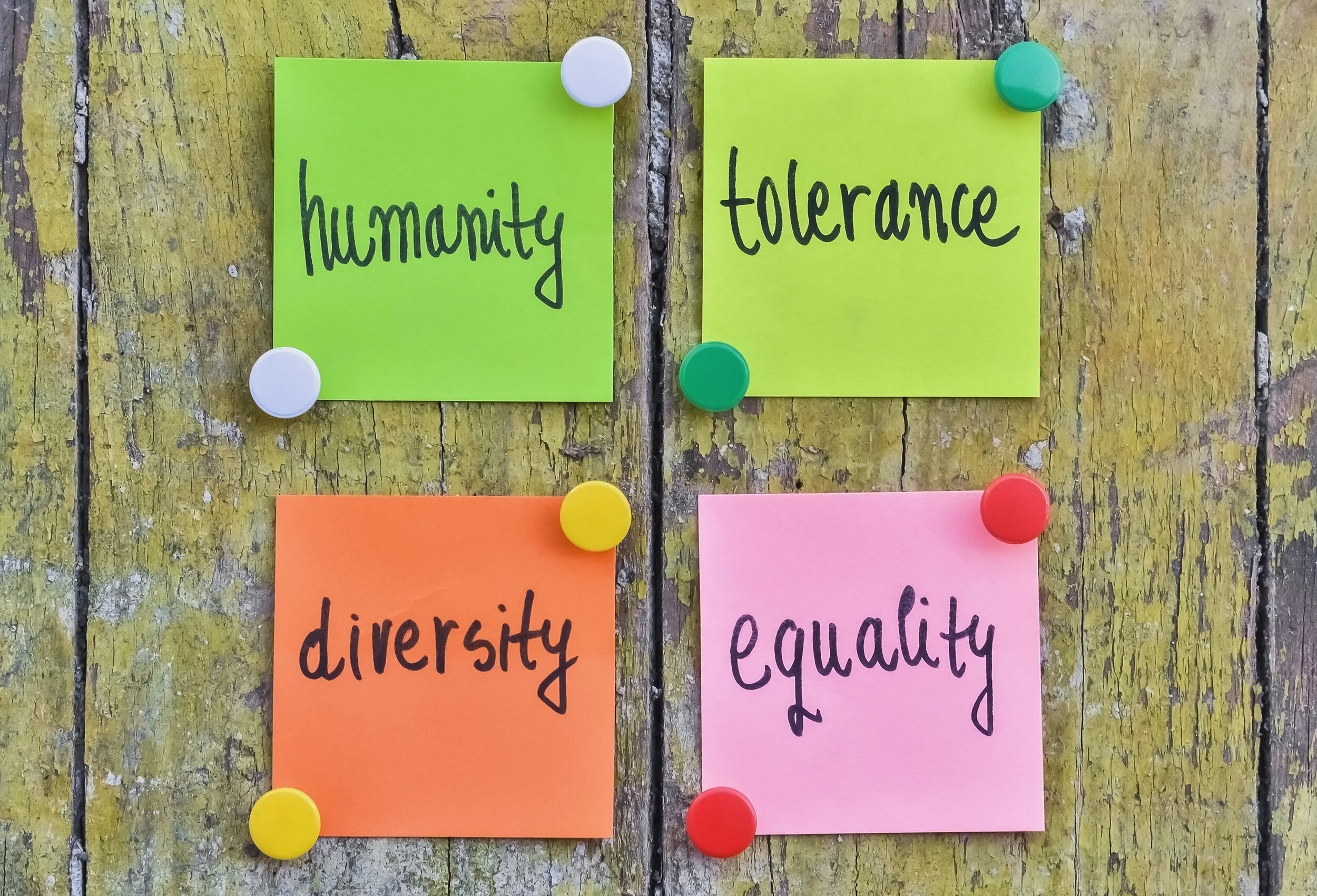Transformational Leadership: Inspiring Teams and Driving Lasting Impact
In today’s evolving workplace, the way leaders guide their teams can determine whether an organization simply meets its goals or thrives beyond expectations. One approach that continues to stand out is transformational leadership — a leadership method that not only motivates but fundamentally transforms the people and culture within an organization.
So, what is transformational leadership? At its core, it is a leadership philosophy centered on inspiring, empowering, and elevating others. Transformational leaders go beyond managing tasks; they foster growth, encourage innovation, and align individual success with the collective mission.
Understanding the Transformational Leadership Style
The transformational leadership style focuses on creating an environment where trust, respect, and inspiration lead the way. These leaders communicate a clear and compelling vision, instill confidence, and encourage collaboration across all levels of an organization.
Rather than leading through authority alone, they build connections and ignite intrinsic motivation — driving people to perform at their best not because they have to, but because they want to.
Key Transformational Leadership Traits and Characteristics
Great transformational leaders share certain qualities that set them apart. While every leader is unique, some defining transformational leadership traits include:
Authenticity – Leading with transparency and integrity.
Vision – Articulating a clear and inspiring future direction.
Empathy – Understanding and supporting team members individually.
Adaptability – Navigating change with confidence and composure.
Inspirational communication – Using stories, passion, and purpose to motivate others.
These leaders know that lasting impact comes from developing people, not just processes.
Transformational Leadership Examples in Action
Some of history’s most respected and influential leaders embody this approach. Here are a few transformational leadership examples:
Nelson Mandela – Inspired unity and reconciliation in post-apartheid South Africa.
Oprah Winfrey – Built a media empire by inspiring authenticity and personal growth.
Steve Jobs – Transformed Apple into one of the most innovative companies in the world.
What they all share is the ability to inspire loyalty, spark creativity, and guide people toward achieving extraordinary outcomes.
Why This Leadership Style Works
The transformational leadership style works because it’s about more than hitting targets — it’s about building trust, purpose, and long-term commitment. Research shows that organizations led by transformational leaders often see:
Higher team engagement and retention.
Improved problem-solving and innovation.
Stronger alignment between individual and organizational goals.
When people feel valued and inspired, they go beyond expectations — and that’s where transformational leadership truly shines.
Becoming a Transformational Leader
If you want to embody the transformational leadership characteristics that drive lasting change, start by:
Developing a clear vision and sharing it often.
Encouraging creativity and embracing new perspectives.
Building strong, supportive relationships with your team.
Leading by example in both words and actions.
Like any skill, transformational leadership can be learned, refined, and mastered over time.
Lead at the Next Level
Transformational leaders don’t just manage people — they inspire movements. If you’re ready to elevate your leadership and learn how to influence with vision, purpose, and authenticity, the Next Level Leader program can guide you there.
Through targeted coaching, strategic tools, and real-world applications, you’ll gain the skills to not only lead but to transform.
Dima Ghawi is the founder of a global talent development company with a primary mission for advancing individuals in leadership. As the creator of the Next Level Leader framework, she empowers professionals to break barriers and elevate their leadership potential. Through keynote speeches, training programs and executive coaching, Dima has empowered thousands of professionals across the globe to expand their leadership potential. In addition, she provides guidance to business executives to develop diversity, equity, and inclusion strategies and to implement a multi-year plan for advancing quality leaders from within the organization. Reach her at DimaGhawi.com and BreakingVases.com.






